By Jolan Bogdan - author, researcher and Project Manager at Posters for the People
One of my tasks here at Posters for the People is to update our social media profiles with posters that correspond to relevant monthly themes. As Women’s History Month marches on, I’ve had the opportunity to sort through our records of over 2000 WPA posters, looking at how women specifically are represented. Several themes emerged almost immediately, and I’ve been mulling over them from various directions for the past few weeks. Inspired by Ennis Carter’s blog post about representations of African Americans in WPA posters, I decided to compile a few thoughts here.
One of my tasks here at Posters for the People is to update our social media profiles with posters that correspond to relevant monthly themes. As Women’s History Month marches on, I’ve had the opportunity to sort through our records of over 2000 WPA posters, looking at how women specifically are represented. Several themes emerged almost immediately, and I’ve been mulling over them from various directions for the past few weeks. Inspired by Ennis Carter’s blog post about representations of African Americans in WPA posters, I decided to compile a few thoughts here.
The most clear trend is that World War II and its surrounding efforts drove many of these representations of women and girls. As students of United States History know, this was the period when women were strongly encouraged to join the workforce. A lot of posters reflect this, explicitly and implicitly. In addition to calls for entering the job market in order to free up men to serve for active duty, there were also posters instructing women on how to run an efficient household. Don’t waste water. Don’t waste meat. Consider a career in nursing, it’s patriotic!
The transition to the job market from the domestic realm is carried along explicitly though building on household skills, which are then augmented with free training opportunities.
A tremendous amount of fraught historical legacy and economic complexity is evident through these posters, where women who had been running their own households were characterized as “wasting time”, and encouraged to become professional servants and factory workers instead. I found myself reflecting on how much our present professional categories and pay scales were forged during this moment in history - and how much those influences continue to endure.
Another branch of the war effort was focused on combating espionage, and in these posters, a more even handed approach is evident. Women and men are both encouraged not to share information with each other.
Other categories which emerged were health and wellness, with special emphasis on guarding against sexually transmitted disease, cancer, and suggestions on how to care for children. Here are a few teasers, but I will save the real gems until next year’s post.
In the meantime, let us end on a high note with an honorable mention to art and creativity. Many posters celebrate women as artists - and also as muses. I’m reminded of a previous year’s post from Ennis Carter about Celebrating Katherine Milhous, a prolific WPA artist and also the head of the Philadelphia FAP division.
While not all of these posters are easy to look at, they capture an extremely important moment in our collective history that is entirely honest, and full of nuanced complexity. I consider myself extremely fortunate to get to work with these phenomenal artifacts, and to participate in their study and preservation.

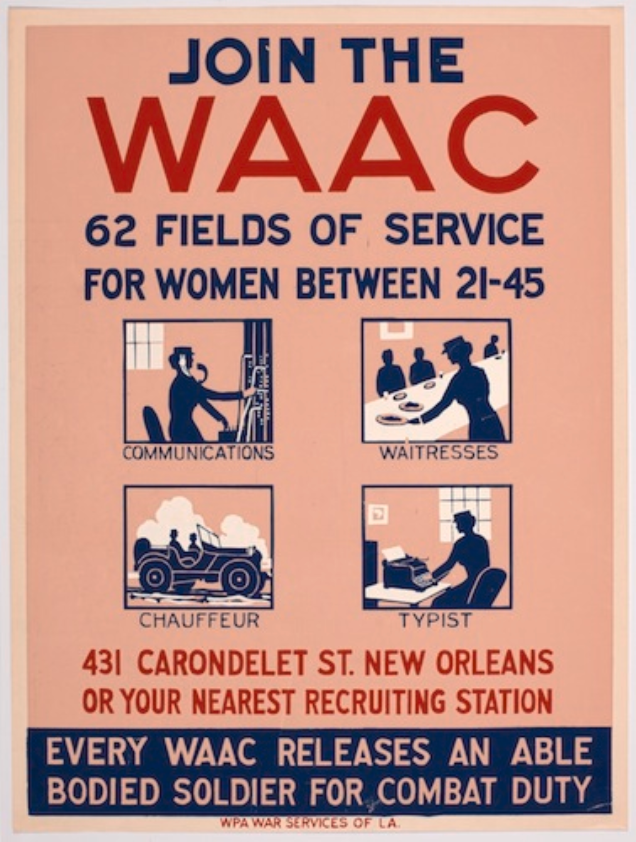
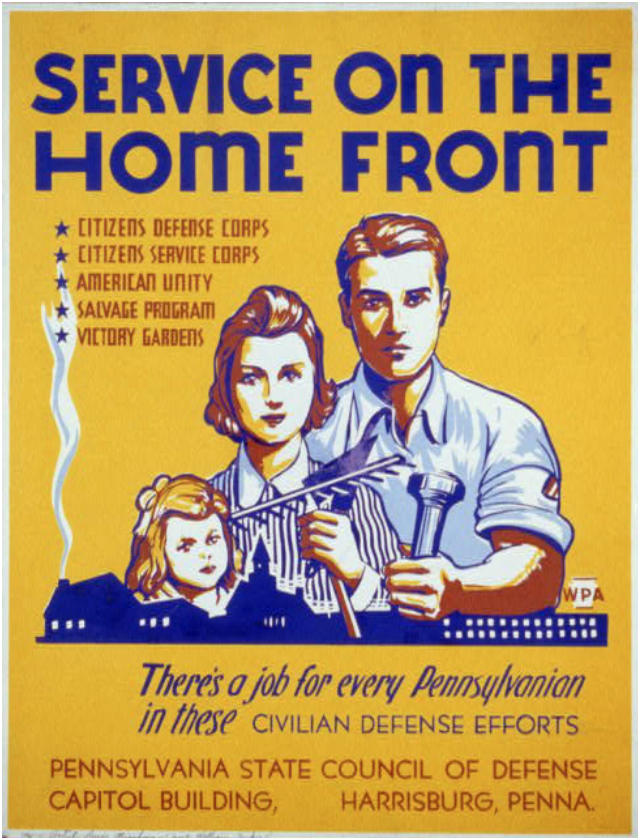



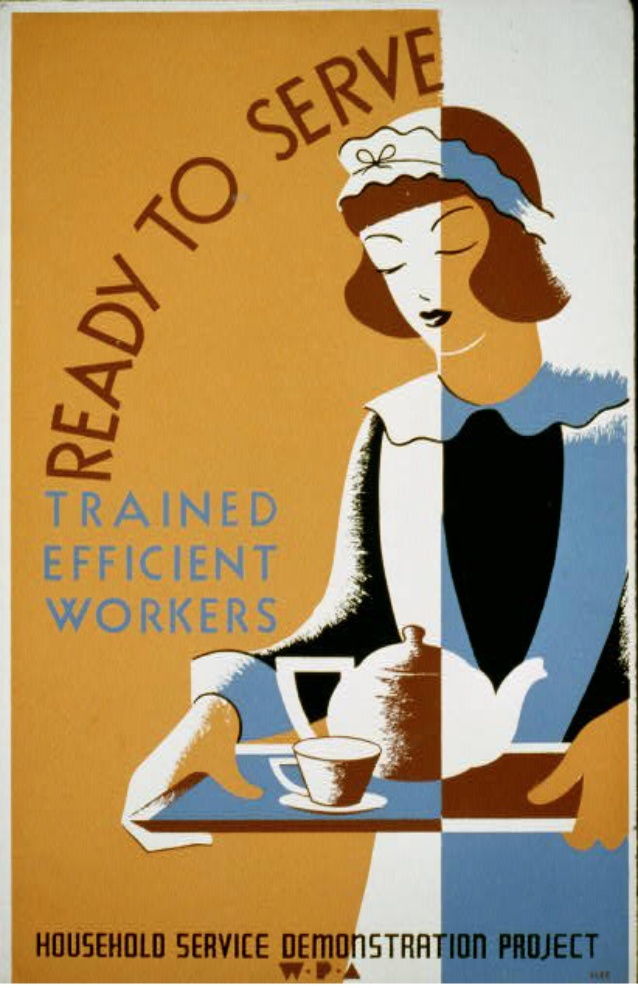


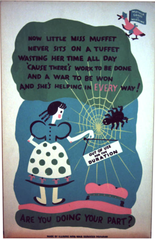
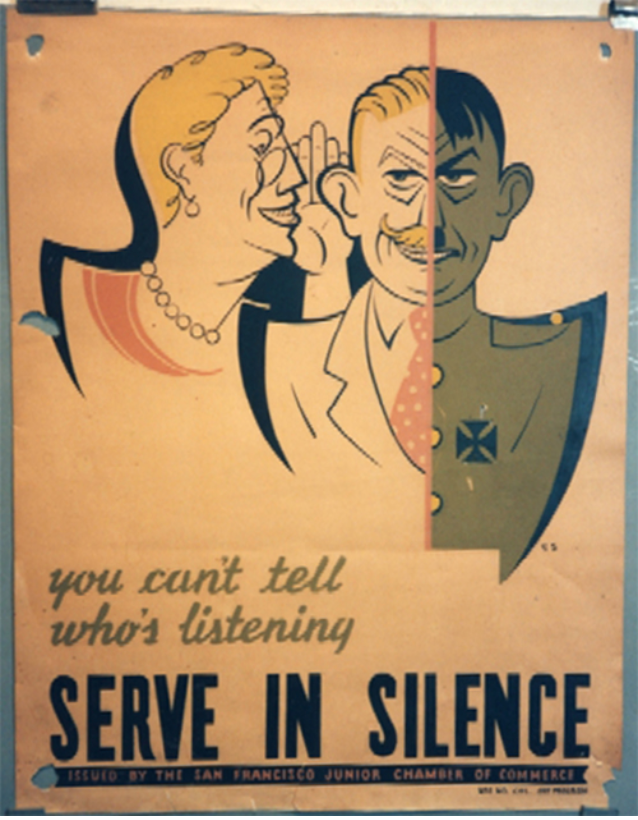


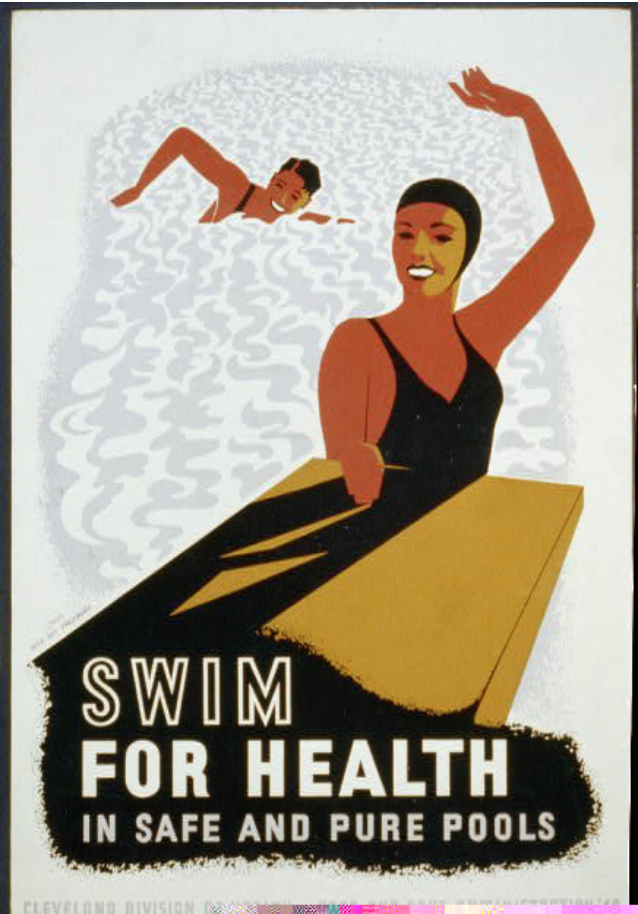



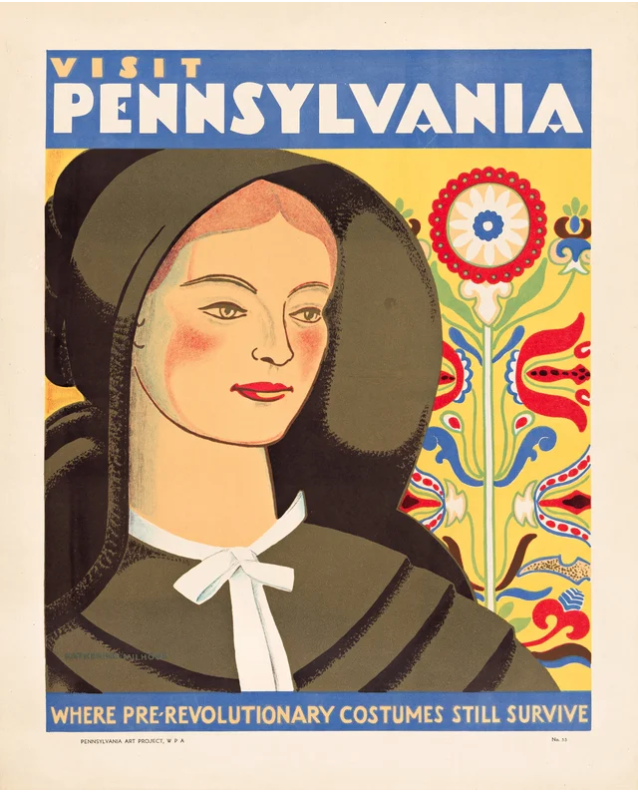

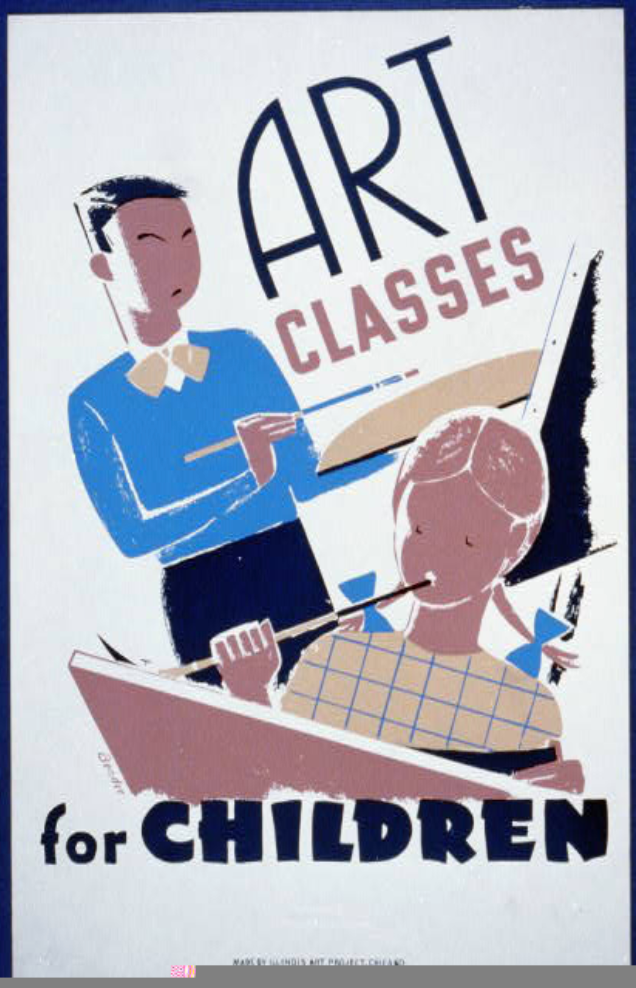
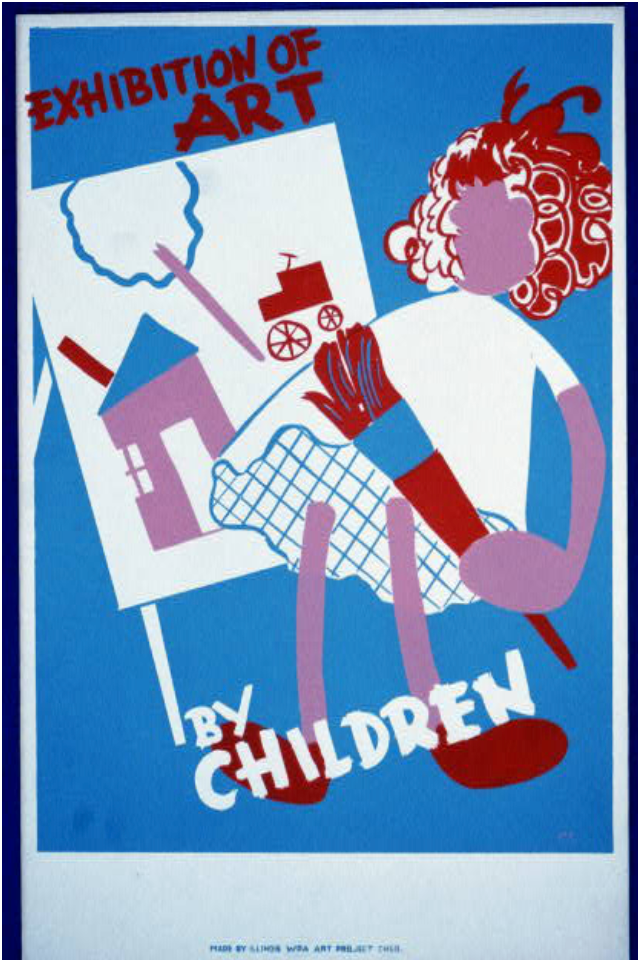
 RSS Feed
RSS Feed
